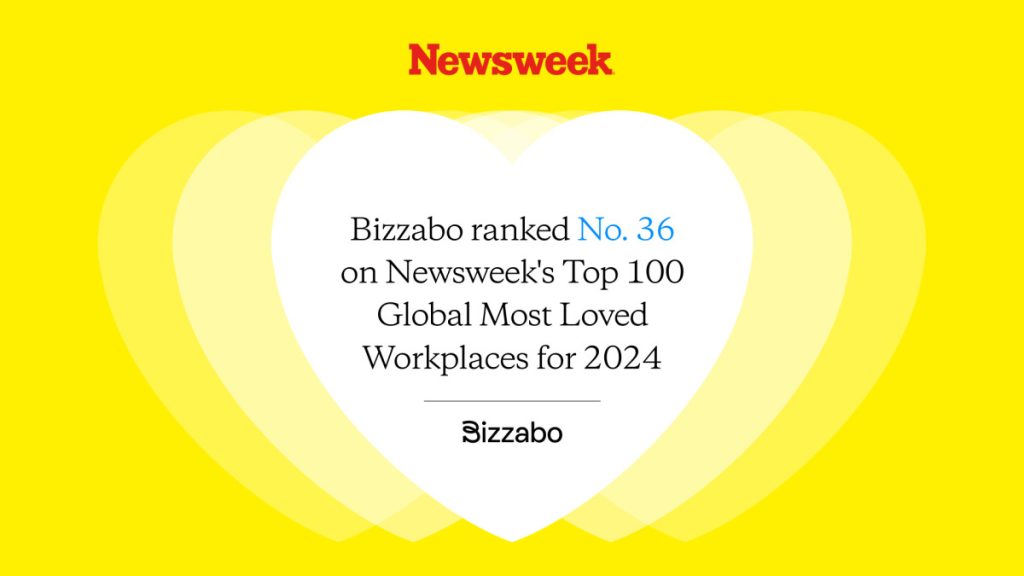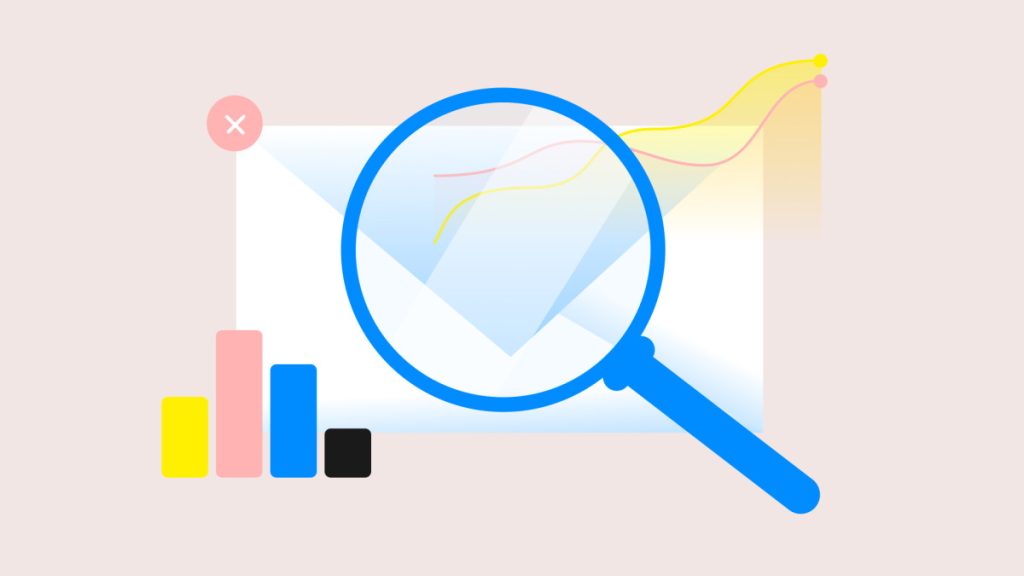What Is Event Design? Exploring the Art and Science Behind Memorable Events

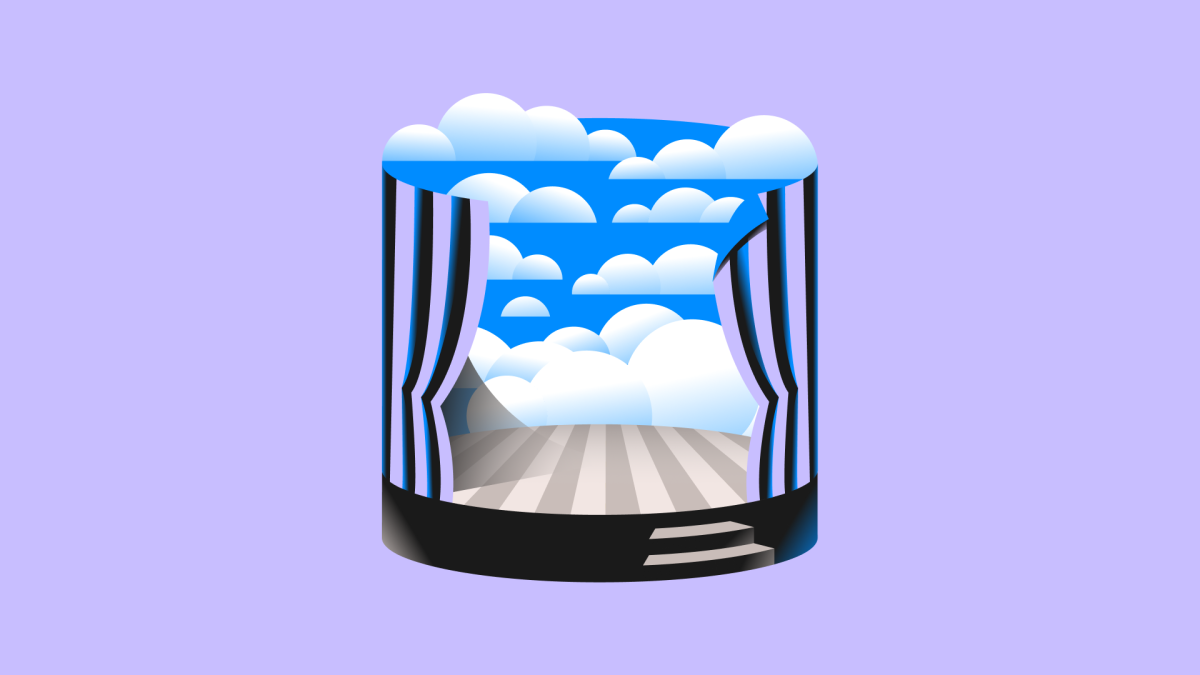
At its core, event design is all about deliberately crafting every aspect of an event to achieve specific organizational objectives and create memorable event experiences.
More than mere decoration, event design considers all sorts of elements, including venue layout, lighting, seating arrangements, and flow of activities to enhance engagement and communication. Successful event design seamlessly integrates all of these elements to reflect the event’s purpose and create a truly unique experience.
Keep reading to learn more about the fundamentals of corporate event design, its essential elements, the impact technology has on event design, tips for designing different types of events, the challenges and rewards of event design, and more!
The Fundamentals of Event Design
Event design involves the intentional arrangement of elements to create immersive experiences. Such elements include the following:
- Venue layout
- Decor
- Lighting
- Signage
- Branding
- Ambiance
When designing an event, teams strive to translate themes or concepts into a physical and experiential reality. The most effective event designers curate atmospheres that align with client objectives, using their creativity, project management, and spatial planning skills to create unforgettable event experiences.
Exceptional event designers possess a keen eye for detail. They also have strong communication skills, can manage resources and budgets effectively, and can problem-solve on their feet, quickly adapting to changing circumstances and evolving client needs.
“A lot of people just look at event design as what your physical event looks like onsite, but it’s so much more,” said Evan Babins, event manager and producer at Intuit. “It takes into consideration food people eat, where they sleep, how they travel from home to the event location, and what they experience onsite.”
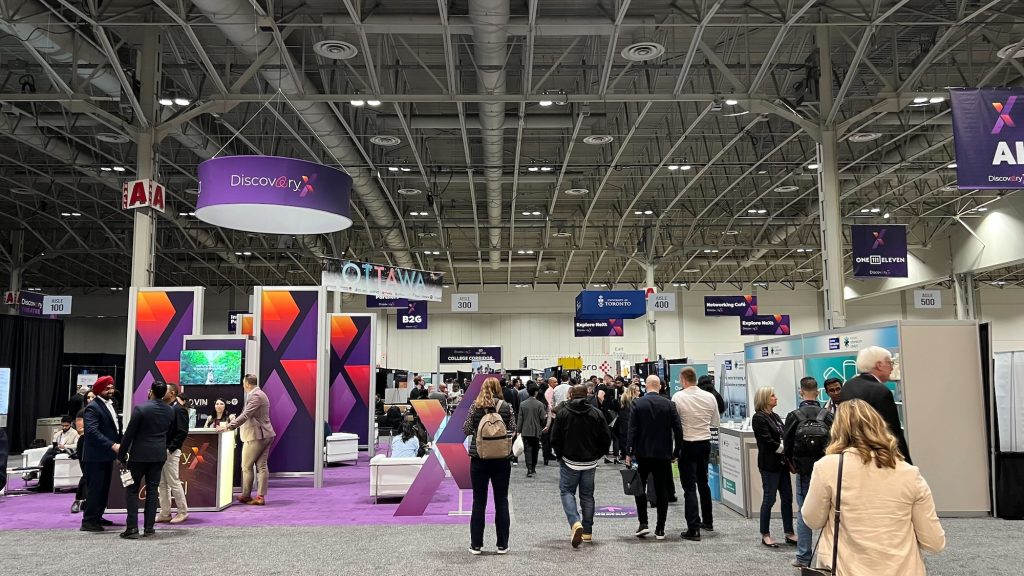
The Elements of Event Design
Effective event design requires teams to integrate endless elements to seamlessly create cohesive, immersive experiences. Here are some of the key elements of event design:
- The event theme is the central overarching idea that guides the event’s design, atmosphere, and content, providing cohesion and setting the tone for the overall experience. Plus, color schemes evoke emotions, convey brand identities, and create strong visual narratives.
- The layout plays a pivotal role in event design by influencing the flow of interactions and setting up the space optimally to maximize venue utilization and increase engagement.
- Lighting sets the mood and accentuates focal points, capturing attendees’ attention and enhancing the ambiance.
- Technology such as interactive displays, augmented reality, and even wearable tech enriches the event experience, facilitates communication, and makes life easier for event teams and attendees alike.
Each of these elements works in conjunction to contribute to the event’s aesthetic appeal. For example, a well-designed layout ensures seamless navigation for attendees and ample networking opportunities. Similarly, strategic lighting transforms ordinary spaces into captivating environments. While color schemes help convey atmosphere and reinforce event themes, technology modernizes the event, meeting attendee expectations while making it easier to share data, network, and interact with sessions (e.g., via polls and surveys).
In the world of event design, slight changes can significantly improve the event experience. For example, adjusting seating can encourage people to interact with one another, while adding dynamic lighting or interactive displays can create places where people gather naturally.
By juggling all of these elements, event designers can craft memorable experiences that resonate with attendees long after events end.
The Impact of Technology on Event Design
Technology has transformed all aspects of business, including event design.
Technology like interactive displays and social media walls can encourage attendee engagement by enabling real-time interactions and content sharing. Additionally, digital signage allows event organizers to share information dynamically, guiding attendees through the event and showcasing sponsors. Event mobile apps enable attendees to create personalized schedules while providing networking opportunities.
As technology continues to evolve, leading events teams are rolling out high-tech activations, like virtual reality experiences and augmented reality installations, to transport attendees into unforgettable environments and create lasting impressions.
The rise of high-tech smart badges — like Klik — represents the next stage in the evolution of event technology. These badges allow seamless check-ins, track attendee movements, and provide a memorable way to network. To learn more about what Bizzabo Klik is like in the real world, check out these case studies:
- How DPW uses Bizzabo’s smart badge tech to deliver unforgettable event experiences
- How CMP boosted exhibitor leads by 315% with the Klik SmartBadge
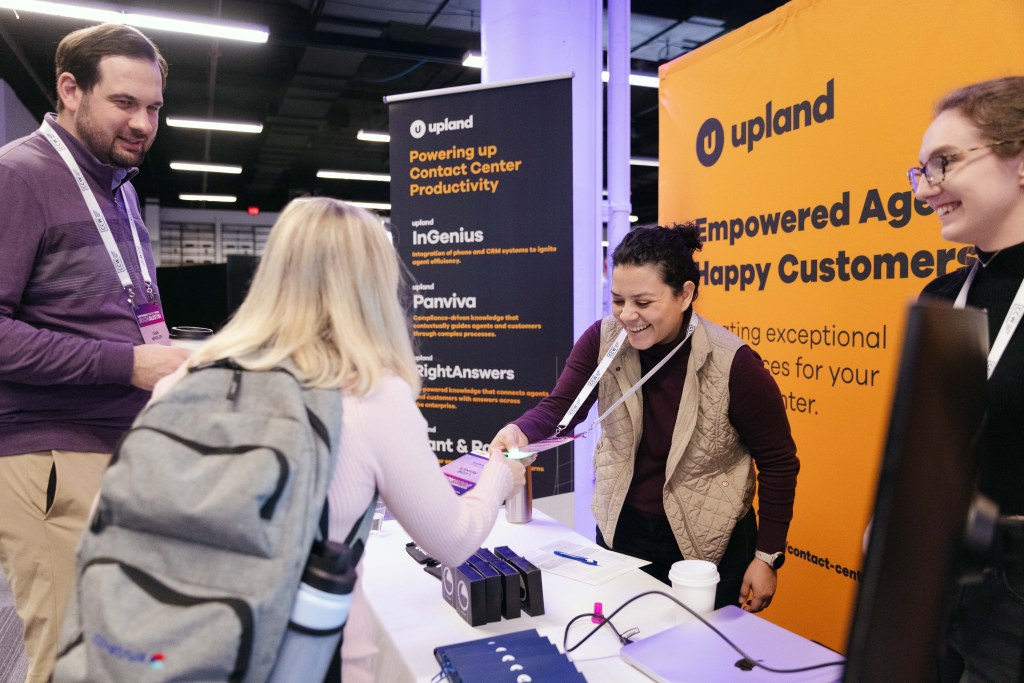
Event Design for Different Types of Events
Since each type of event serves a unique purpose, audience, and objective, they each require different event designs. This section examines some tips to remember as you design your next event.
Conferences
- Focus on clear signage and wayfinding since there will be a lot of attendees.
- Use versatile seating arrangements to accommodate different session formats.
- Incorporate engaging breakout spaces to encourage networking and collaboration.
Trade shows
- Design eye-catching booths to attract foot traffic.
- Optimize space for product demonstrations and interactive experiences.
- Consider traffic flow and crowd management to ensure accessibility to exhibitors.
Sales kickoffs (SKOs)
- Create an energizing atmosphere with lighting, stage design, and color schemes.
- Plan team-building opportunities through collaborative actions and breakout sessions.
- Include interactive elements to reinforce training objectives and encourage employees to participate.
Field marketing events
- Tie designs to specific locations and venues to resonate with local audiences.
- Integrate branding seamlessly into event elements to reinforce marketing messaging.
- Facilitate personalized interactions with prospects through intimate settings and targeted experiences.
As you begin designing your next event, here are some tips to keep in mind to ensure your creation fits the event’s purpose and audience:
- Understand the event’s objectives and target audience demographics.
- Align design choices with the event’s theme or branding to ensure consistency.
- Consider the venue layout and adjust designs to maximize space utilization.
- Incorporate interactive elements to enhance attendee engagement and participation.
- Cater to attendees’ comfort and accessibility needs with ergonomic furniture and clear signage.
- Use event technology to streamline processes and enhance the overall attendee experience.
- Seek feedback from stakeholders and attendees to continuously refine and improve your event design strategies.
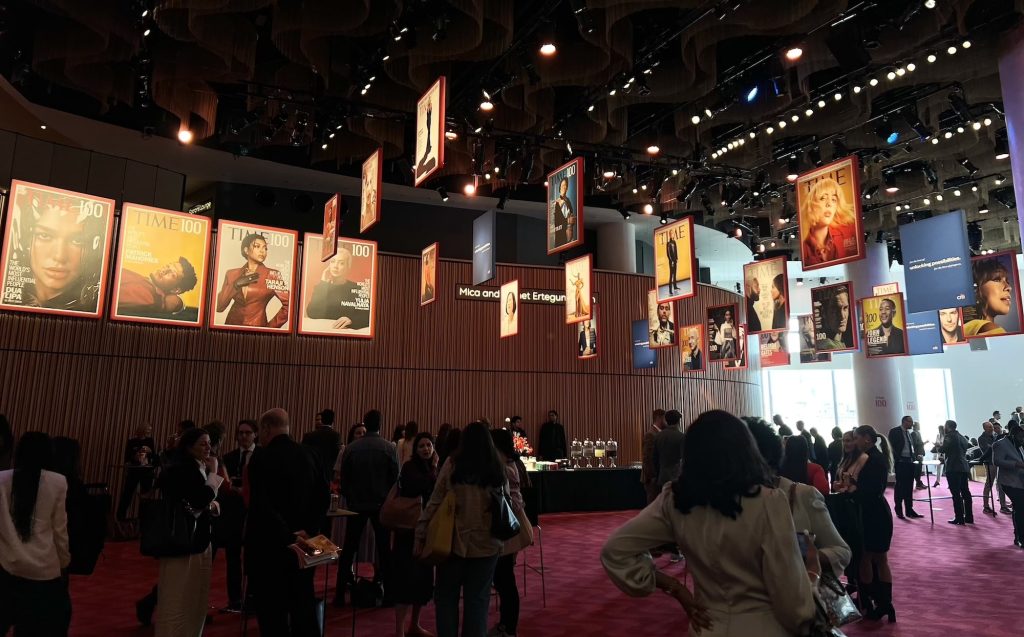
The Challenges and Rewards of Event Design
Event designers face an array of challenges — from navigating tight budgets and limited spaces to managing diverse client expectations. To overcome budget constraints, teams often need to get creative to deliver a solid experience within fixed financial parameters. To conquer space limitations, teams must develop innovative layouts within tight spaces that optimize the attendee experience.
While these challenges are undoubtedly significant, the good news is that the rewards of powering through them are lucrative. After all, a well-executed event design elevates a brand’s image by creating memorable experiences that resonate with attendees long after the event concludes. Not only does thoughtful design enhance attendee engagement, but it also helps attendees forge meaningful connections, leaving a lasting impact on all participants.
This increases the chances that attendees have strong experiences at your event — making it that much more likely that they’ll decide to return next year.
Embrace Meaningful and Impactful Event Design with Bizzabo Studios
Thoughtful event design can transform an ordinary event into an extraordinary experience.
Since it has a massive impact on the event experience, event design is a foundational responsibility for event teams. If you’re not investing enough time and resources into event design, your events won’t be as successful as they otherwise could be — making it that much harder to achieve your long-term event goals.
Do you want to take your event design capabilities to the next level? We invite you to check out Bizzabo Studios, our in-house, world-class event design team that you can hire as an extension of your own. Enlisting our team’s help makes delivering compelling event experiences that much easier. By joining forces with Bizzabo Studios, your team enjoys these benefits:
- The peace of mind that comes with knowing you have access to leading event designers with vast creative and operational expertise, along with award-winning event technology
- A multi-disciplinary team of tech experts, event producers, and creatives who can help you shape all aspects of the event experience
- Tech experts who know the Bizzabo platform inside and out and can leverage the feature-rich solution to its full potential
- Bespoke event packages across any number of disciplines, including project management, creative services, strategic consultation, content creation, and production services
By partnering with Bizzabo Studios, you can leave the heavy lifting to us and focus on what you do best: delighting your customers, elevating your brand, and putting on unforgettable events.
To learn more about Bizzabo Studios and how you can use it to produce jaw-dropping event experiences, check this out.

